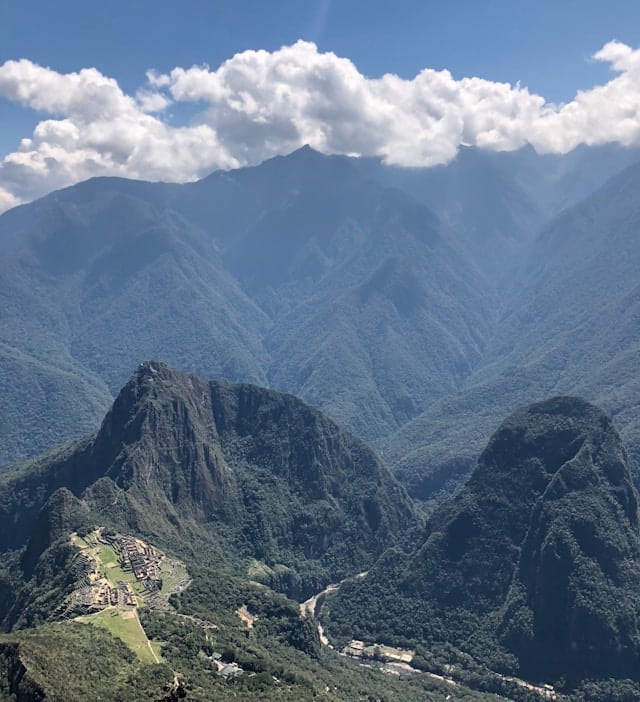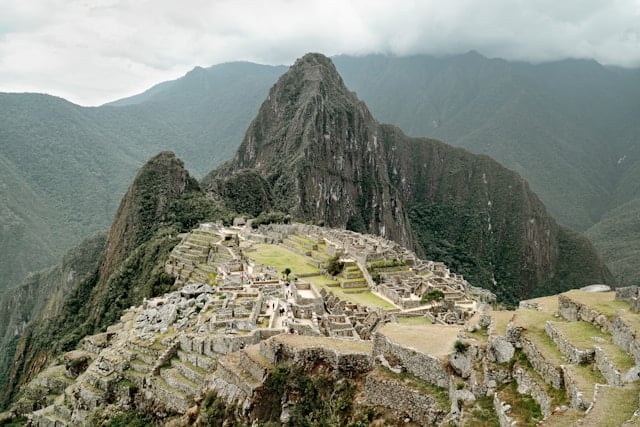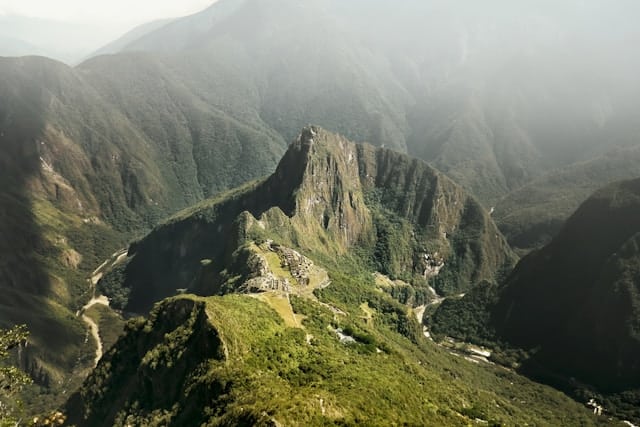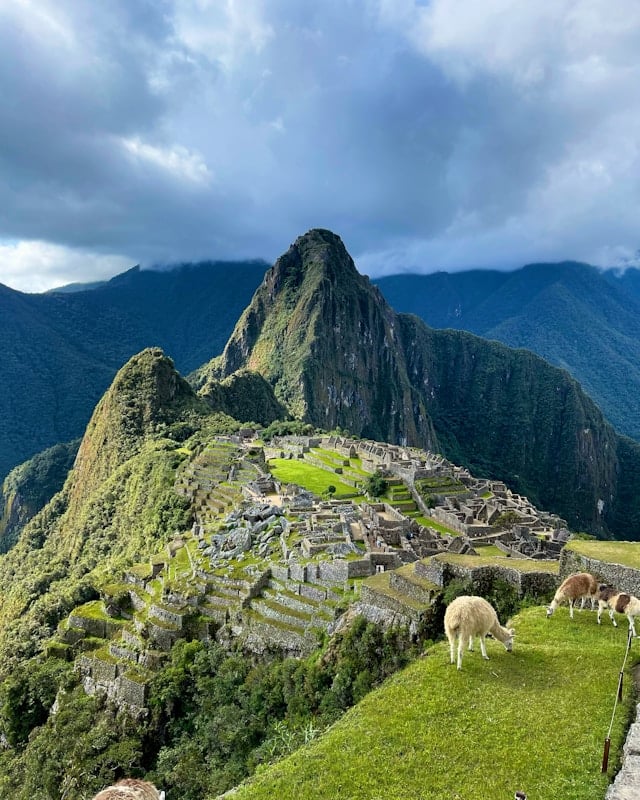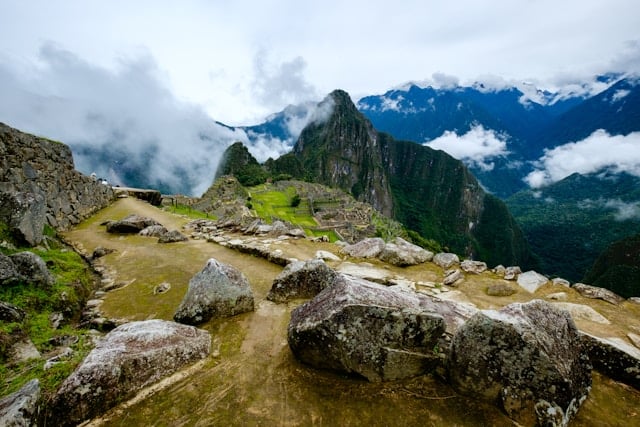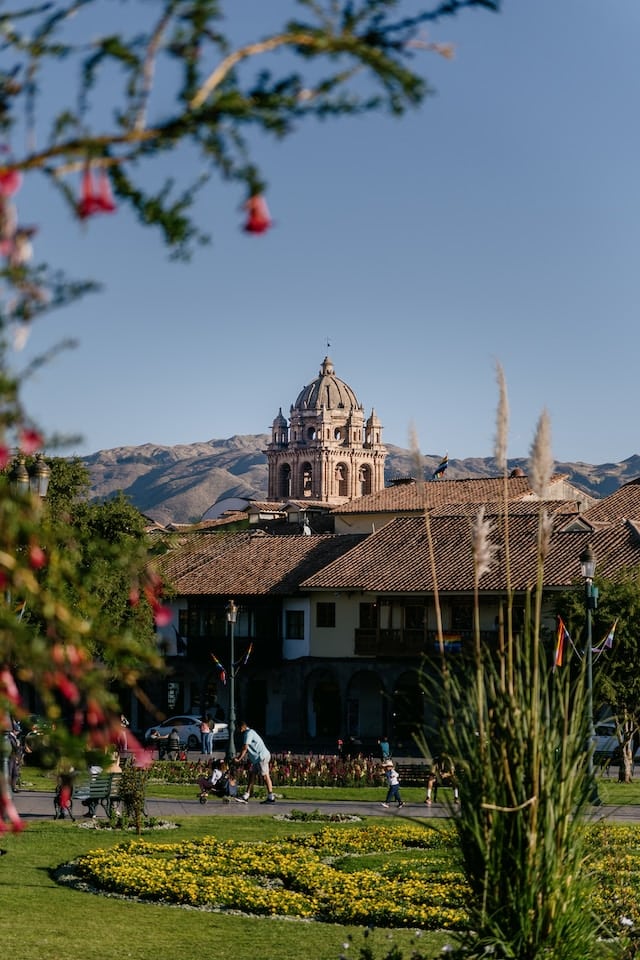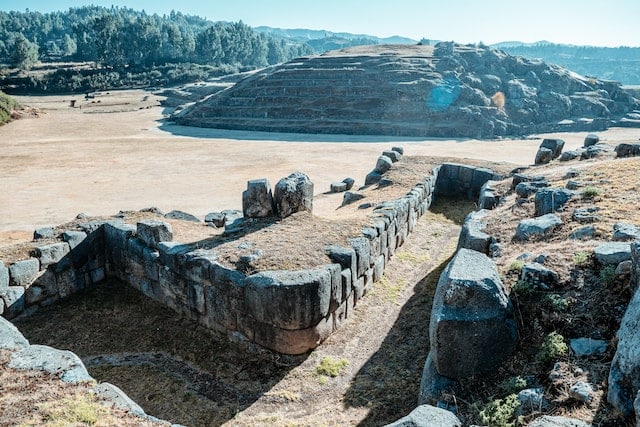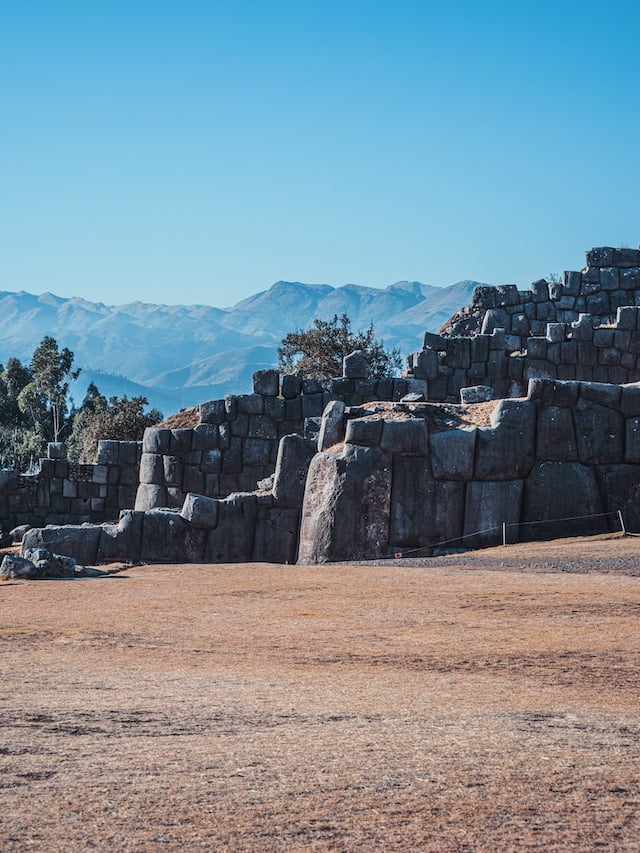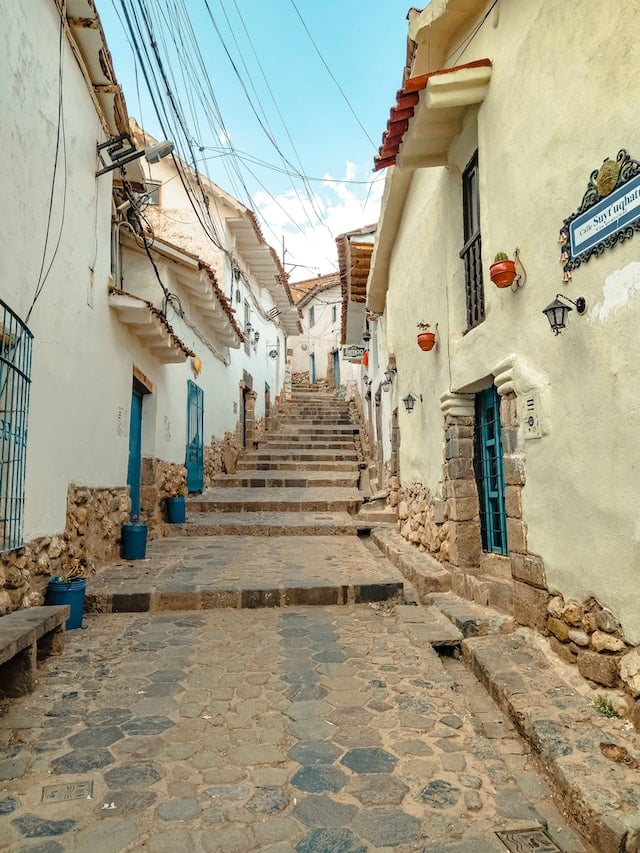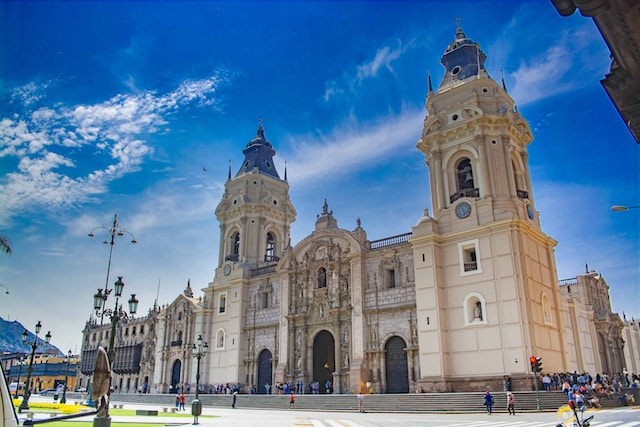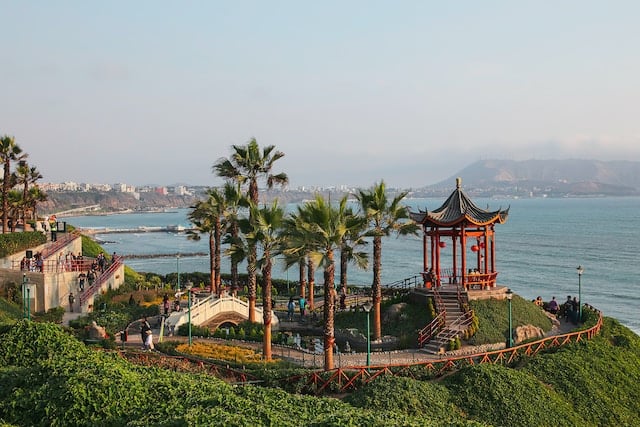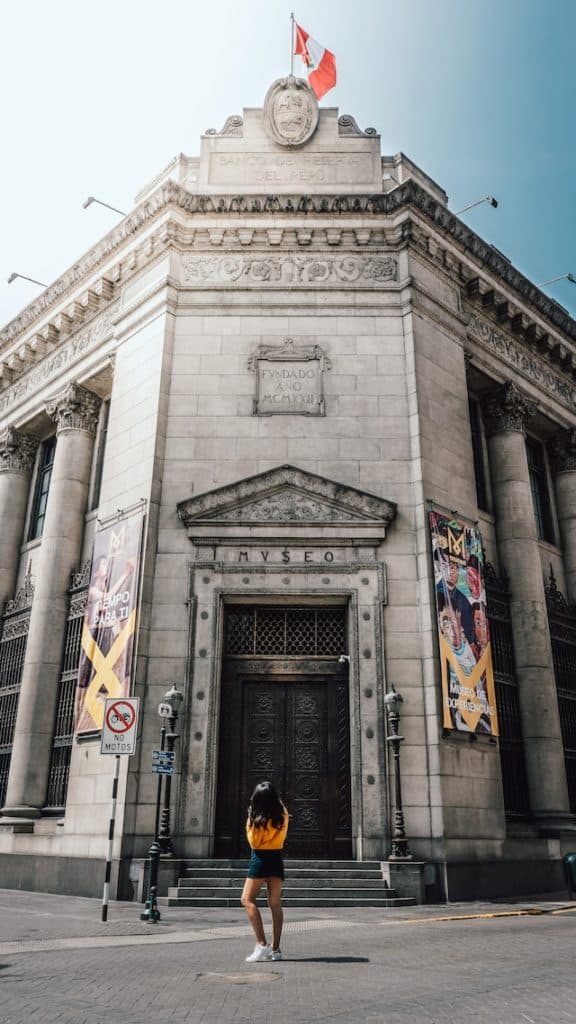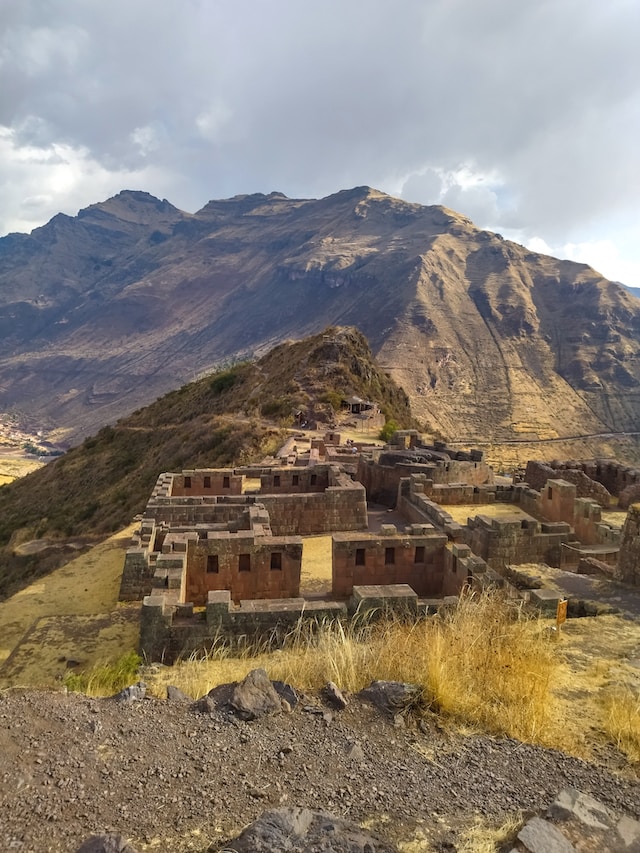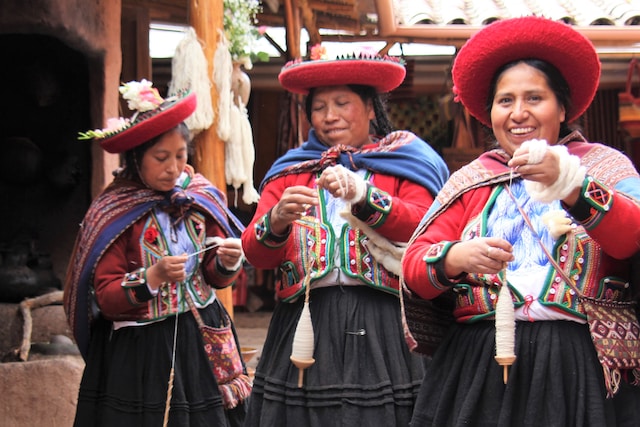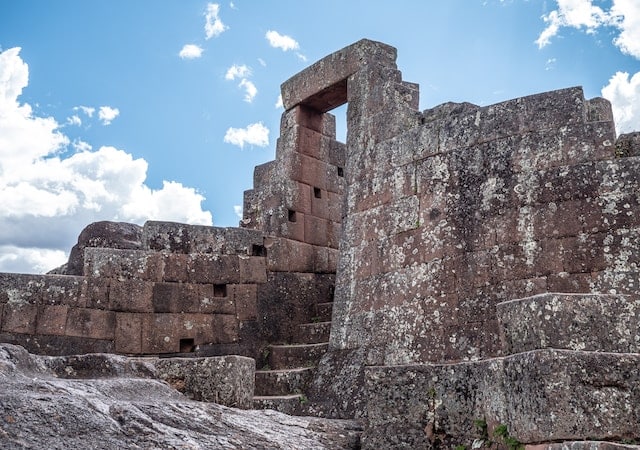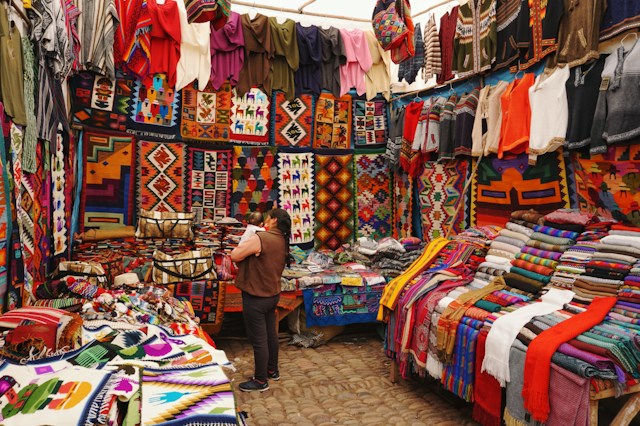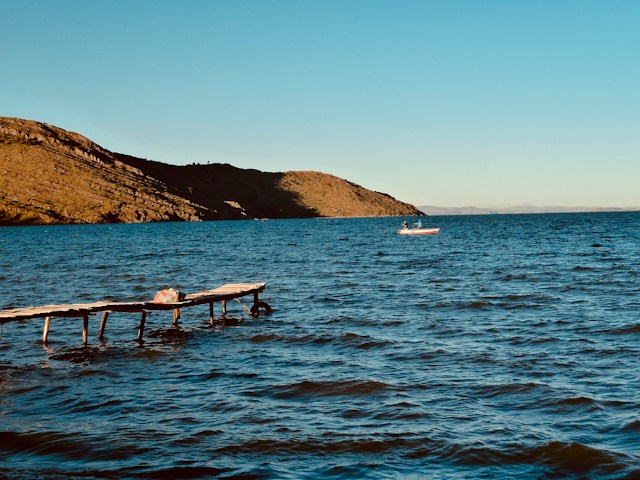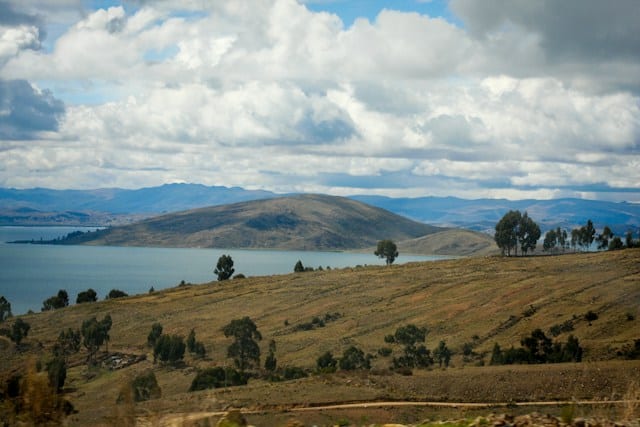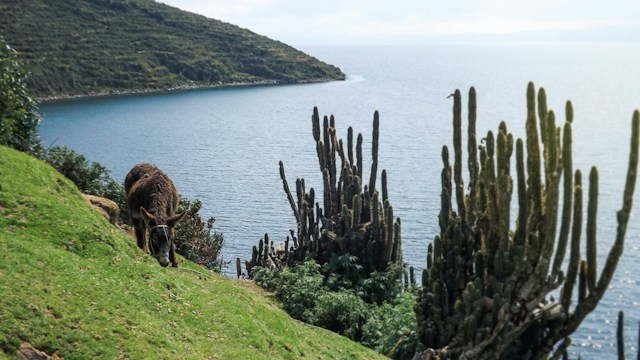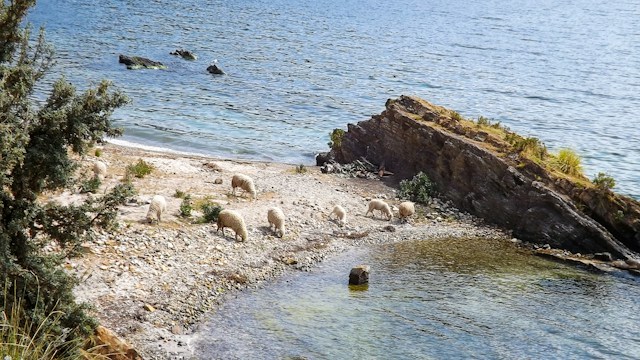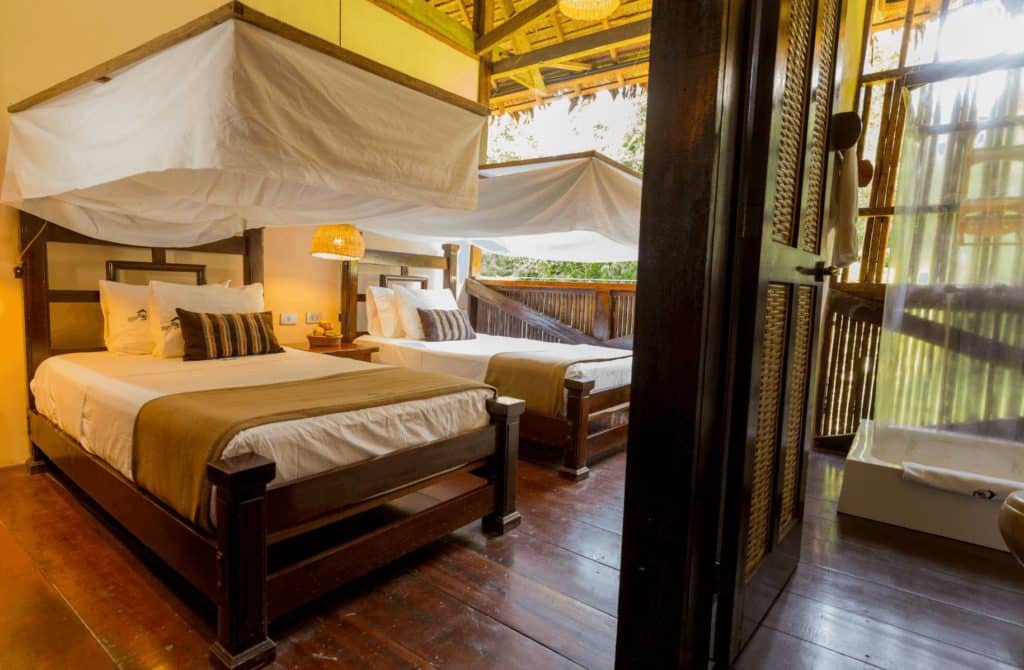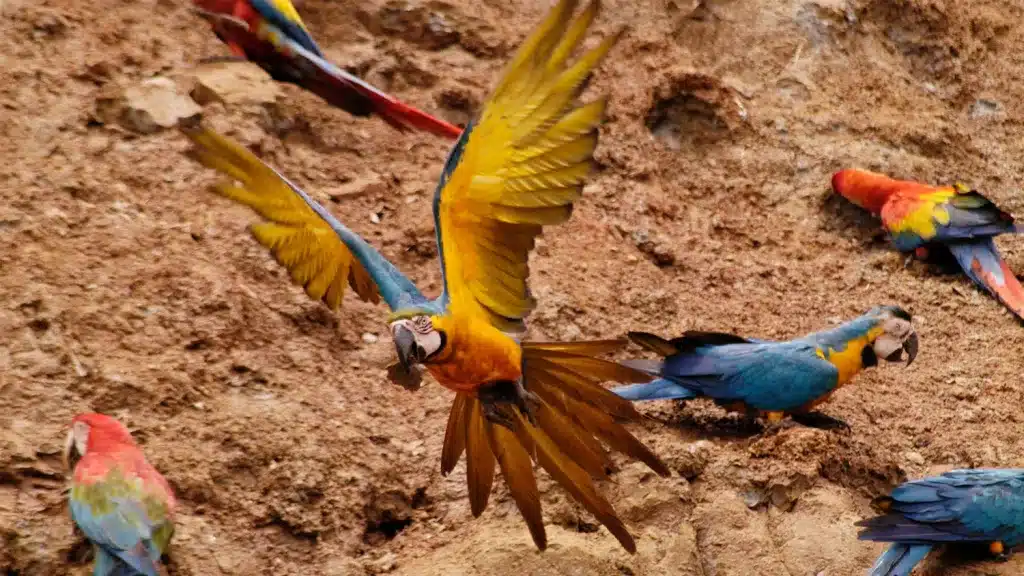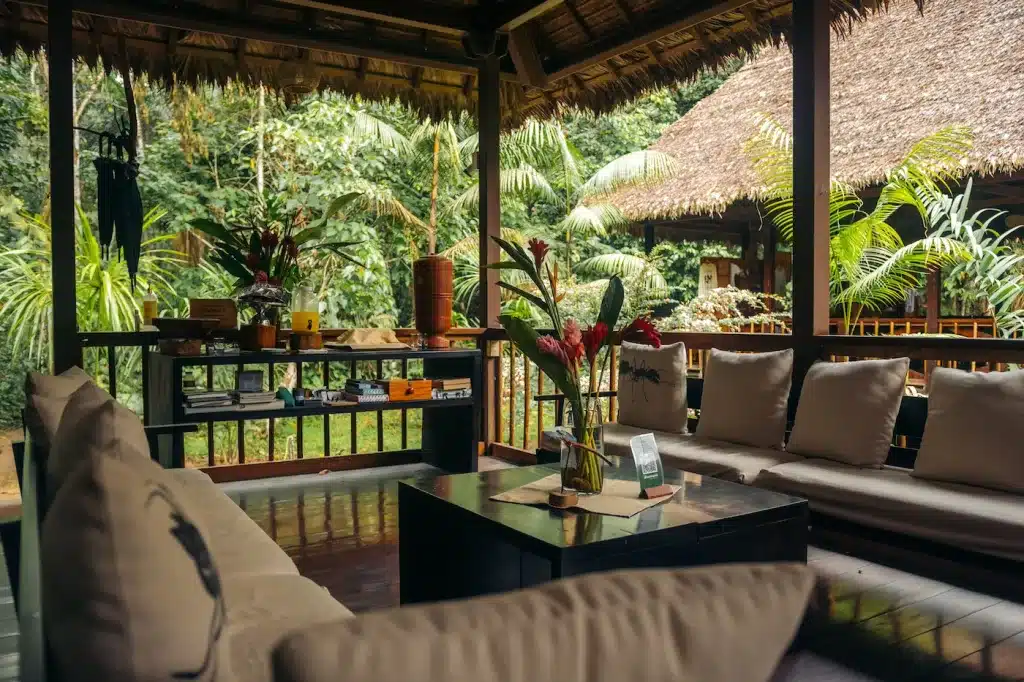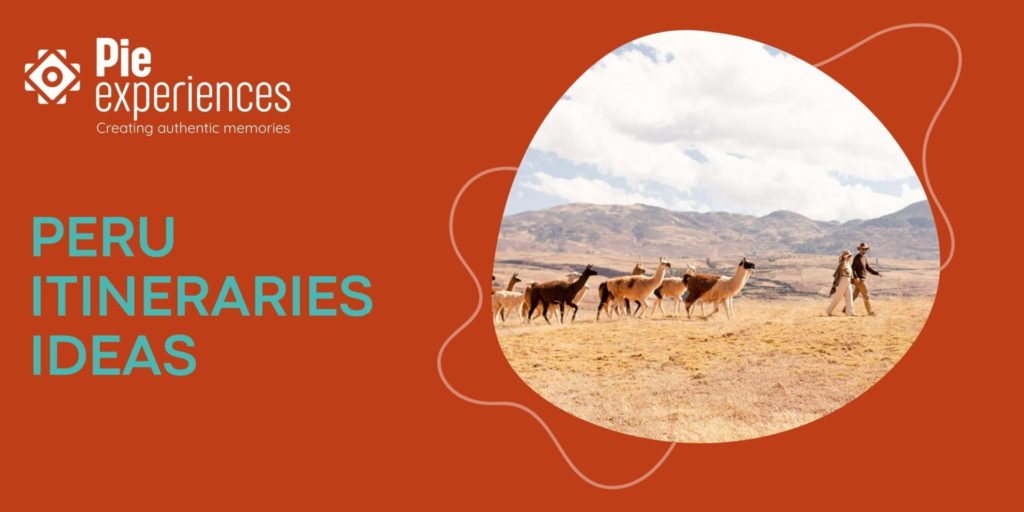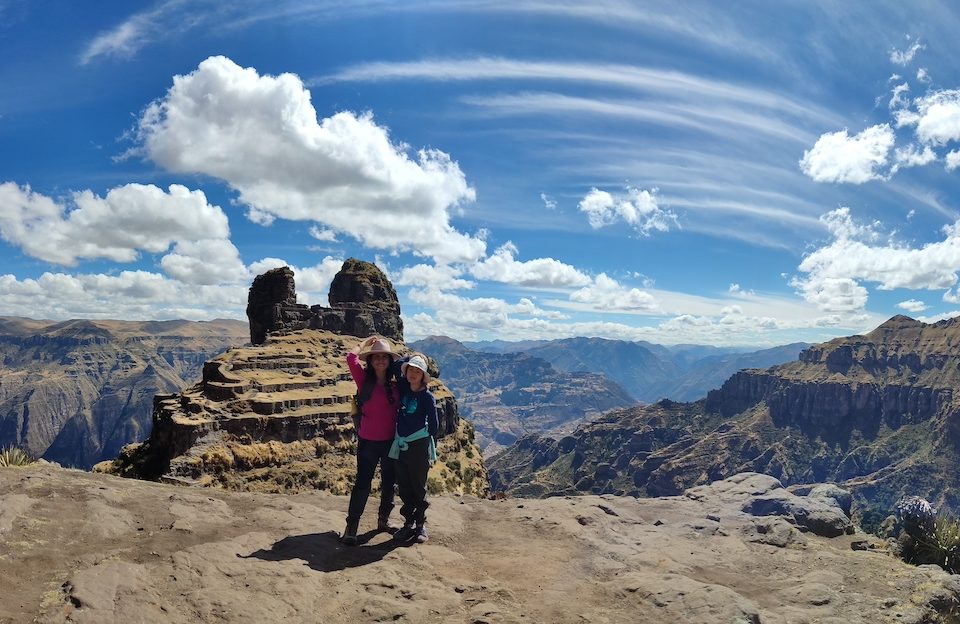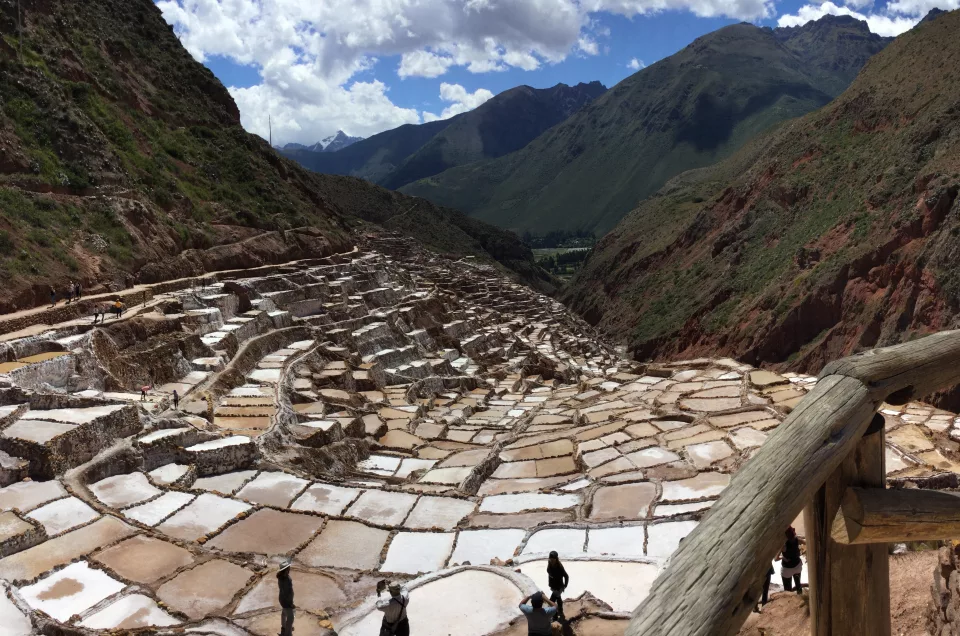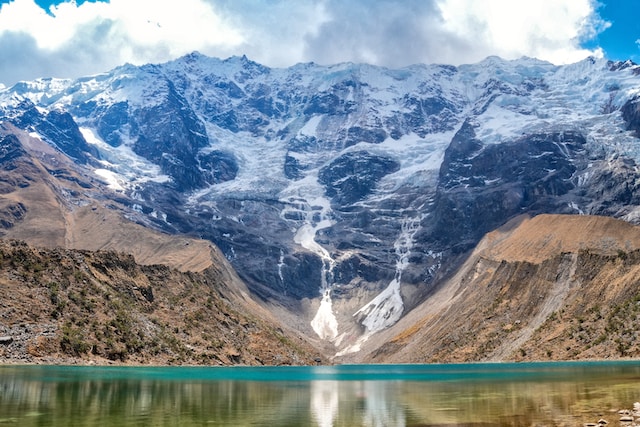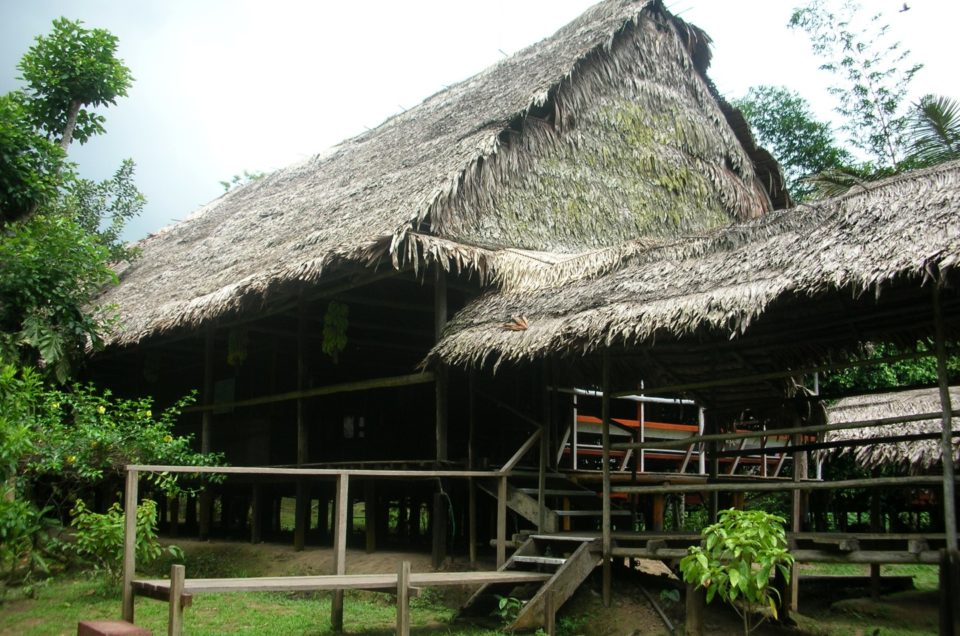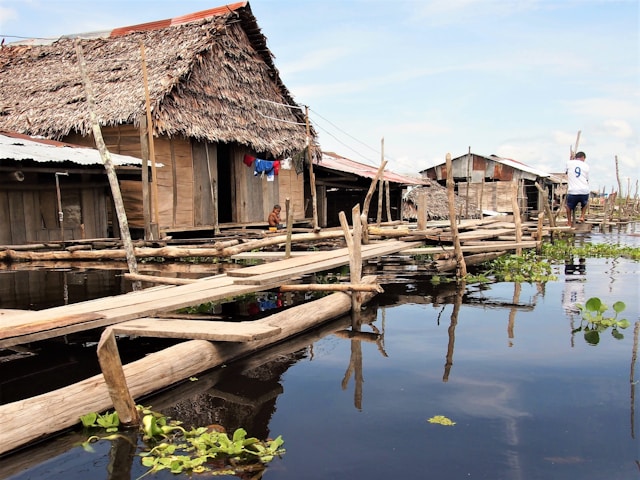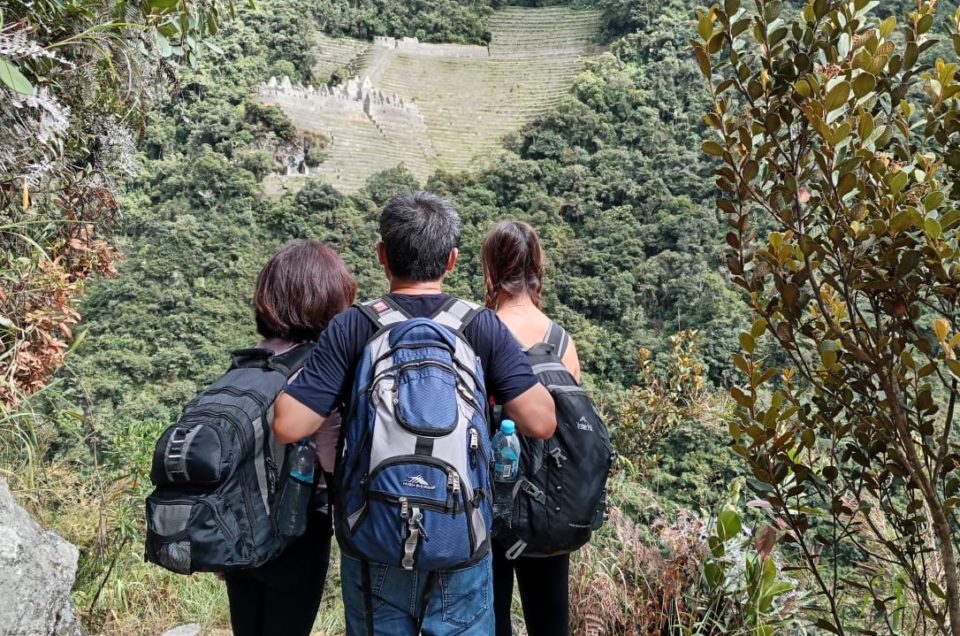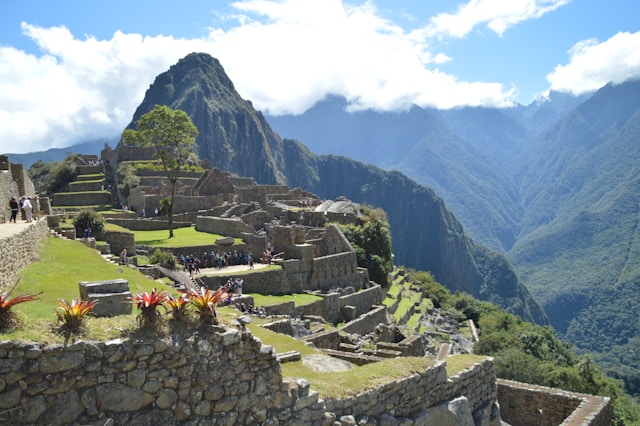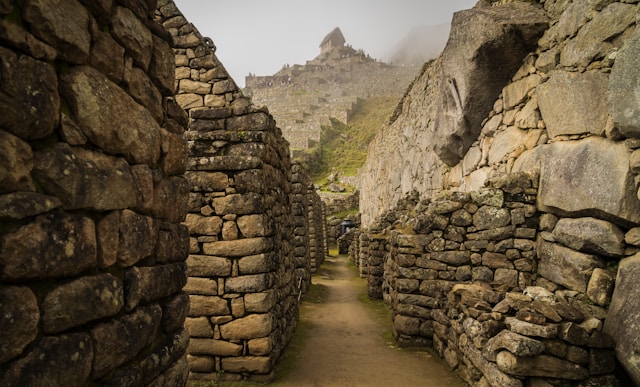Peru Travel information
Peru Travel Information 2026: What You Need to Know Before Visiting
Looking for updated Peru travel information? This guide covers entry rules, health tips, local money, safety, and weather — everything you need to plan your 2026 trip.
Planning a trip to Peru? This Peru travel information guide has everything you need for a smooth and informed experience in 2026. From visa rules and safety tips to what to pack and when to go, we’ve compiled the essentials every traveler should know before arriving in this breathtaking Andean destination.
Welcome to Peru—a land where history and myth collide, where the air is thick with mystery, and every meal, every stone, every face has a story. This isn’t just a place; it’s an experience, a living, breathing wonder where the Andes reach into the heavens and ancient cultures pulse just beneath the surface. Peru is the ultimate destination for unforgettable Peru holidays, offering an array of breathtaking landscapes and cultural experiences.
From iconic landmarks like Machu Picchu to hidden gems tucked away in the Sacred Valley, the places to visit in Peru are as diverse as they are awe-inspiring. Whether you’re planning a Peru trip to trek sacred trails or share a Pachamanca feast in a hidden valley, this country will leave you with a lasting craving to know more, see more, taste more. Get ready to experience a world of adventure, discovery, and cultural immersion like no other.
Peru has a way of getting under your skin, leaving you with a lasting craving to know more, see more, taste more. Whether you’re here to trek sacred trails or share a Pachamanca feast in a hidden valley, get ready to see the world differently.
Top Destinations in Peru
1. Machu Picchu
You’ve seen the pictures, but nothing prepares you for standing at the edge of Machu Picchu as dawn breaks over ancient stones. This is not just a ruin; it’s a marvel built with purpose, perched in a place where time seems to stand still. As the mist lifts, revealing the perfectly carved terraces, you’ll feel a strange energy, like you’re tapping into something primal. Machu Picchu isn’t just a bucket list item—it’s a spiritual encounter.
Where to stay in Machu Picchu
Machu Picchu Circuits 2025-2026
2 Day Inca trail to Machu Picchu travel guide
Your Machu Picchu Packing List for a Stress-Free One Day Adventure
Discover All Our Classic Machu Picchu Tours
Explore All Our Treks to Machu Picchu
2. Cusco
Cusco is more than a city; it’s a meeting point of worlds. Wander through Spanish colonial streets and stumble upon Inca stone walls still standing strong after centuries of resilience. You’ll find lively markets spilling over with Andean textiles, bright and bold, and taste dishes as ancient as the cobblestones beneath your feet. Cusco is your gateway to history and adventure—where modern meets mystical.
3. Lima
Welcome to the coast, to Lima, a chaotic mix of coastal charm and urban grit, where food becomes art. Here, chefs take ingredients from sea and mountain, jungle and desert, to create dishes that are unlike anything you’ve tasted before. This is the place to sip a Pisco Sour, savor fresh ceviche, and let the city’s rhythm sweep you along.
4. The Sacred Valley in Cusco
The Sacred Valley stretches from Pisac to Ollantaytambo, following the path of the Urubamba River, with each town along the way offering its own unique glimpse into Andean life. Many travelers choose to stay here for a few days before heading to higher-altitude Cusco, allowing time to acclimate and soak in the valley’s tranquil beauty. This valley isn’t just a scenic detour—it’s a hub for adventure and culture, where you can begin your journey on the legendary Inca Trail, eventually reaching Machu Picchu. From the vibrant markets of Pisac to the ancient fortress of Ollantaytambo, the Sacred Valley serves as the perfect starting point for exploring Peru’s rich heritage, launching unforgettable experiences that lead deeper into the heart of the Andes.
5. Lake Titicaca in Puno
The world’s highest navigable lake, Lake Titicaca in Puno, is much more than just a body of water—it’s a realm of myth and magic. Home to the indigenous Aymara and Quechua communities, this lake holds a spiritual essence that has captivated travelers for centuries. Here, you’ll find the floating islands of Uros, where locals still live in traditional reed houses on islands woven by hand. Stay with a family on the island of Amantaní or Taquile to experience true Andean hospitality, learning about ancient weaving techniques and sharing meals around a humble hearth. This is not just sightseeing; it’s connecting with a way of life as old as the lake itself.
6. Arequipa and the Colca Valley
Known as the “White City” for its stunning colonial buildings made from white volcanic stone, Arequipa is a destination that dazzles with both history and natural beauty. Set against a backdrop of snow-capped volcanoes, the city feels like a step back in time. Venture into the Colca Valley to witness one of the world’s deepest canyons, where Andean condors soar overhead. Traditional villages dot the valley, and ancient terraced hillsides showcase the region’s agricultural legacy. Here, you can soak in natural hot springs, hike along scenic trails, and discover the deep roots of Andean culture in quiet villages where life moves to the rhythm of the land.
7. The Amazon Rainforest in Peru
The Peruvian Amazon offers more than one gateway into its lush, untamed heart. From Cusco, you can travel to Puerto Maldonado or venture into the remote Manu National Park, where biodiversity thrives in some of the world’s most pristine jungle. For those starting in Lima, a quick flight takes you to Iquitos, a city accessible only by air or river, where the Amazon River flows wide and deep. Each entry point into the Amazon offers a unique experience—whether it’s exploring canopy walkways, spotting elusive wildlife, or drifting down rivers surrounded by endless green. This isn’t just a journey into the jungle; it’s an immersion into one of the most vibrant ecosystems on Earth, where every sound and every shadow hints at life just out of sight.
Peru Travel Information: Cultural Insights
Peru is a country that pulses with life, flavor, and adrenaline. It’s not just a place you visit; it’s a place that redefines what travel can be. Here, every meal tells a story, every landscape challenges your limits, and every tradition brings you closer to an ancient culture that continues to thrive in modern times.
Culinary Heritage: A Taste of Peru
Peru’s culinary scene is nothing short of legendary. From the coastal ceviches of Lima to the highland stews of Cusco, Peruvian cuisine is a tapestry of flavors woven from the country’s diverse geography and cultural influences. Lima, often dubbed the culinary capital of South America, is home to several of the world’s top-ranked restaurants, including Maido and Central, which consistently rank among the best on the planet. These renowned establishments celebrate local ingredients like quinoa, aji peppers, and Andean potatoes, combining them with innovative techniques that make each dish an exploration of Peru’s natural richness.
A true culinary journey might start with a plate of tiradito by the ocean, continue with a Pachamanca feast—cooked underground in the Sacred Valley as it has been for centuries—and end with a warming cup of coca tea in the highlands. Every bite is a testament to Peru’s history, geography, and the creativity of its people, showing how Peruvian cuisine has evolved to captivate the world while remaining rooted in its traditions.
Cultural Richness: Where Ancient and Modern Meet
Peru is a place where past and present coexist seamlessly. The Incan legacy still pulses through the country, from the engineering marvels of Machu Picchu to the mystical Sun Gate in the Andes. But Peru is more than its ancient ruins. In the bustling markets of Cusco, artisans weave bright textiles using methods passed down through generations, while in Puno, the people of Lake Titicaca celebrate age-old traditions on their floating reed islands. Every corner of Peru invites you to experience a living culture—from Andean music echoing through mountain villages to the vibrant festivals like Inti Raymi and the Lord of Miracles procession. Here, connection to the land and respect for Pachamama (Mother Earth) are not just concepts but daily practices that ground Peruvians in their ancestral roots.
A Playground for Adventure Seekers
For thrill-seekers, Peru offers landscapes that test and transform. The country’s diverse terrain is a natural playground for adventure sports. Trek the iconic Inca Trail, challenge yourself on the lesser-known Lares or Salkantay treks, or push your limits in the Colca Canyon, one of the world’s deepest canyons. In the Sacred Valley, you can zipline across rugged mountain landscapes or mountain bike down exhilarating trails. Surf along the Pacific coast, sandboard in the dunes of Huacachina, or explore the lush jungles of the Amazon. Every adventure brings you face to face with nature in its rawest form, turning every traveler into an explorer and every trip into a journey of discovery.
Peru is more than a destination—it’s an experience that ignites the senses and stirs the soul, blending culinary excellence, deep-rooted culture, and heart-pounding adventure. Whether you’re here to taste, to connect, or to push your limits, Peru will leave you with stories that last a lifetime.
Travel Logistics: Essential Tips for Traveling in Peru
Planning a trip to Peru requires insight into the country’s unique geography, best travel times, and essential travel tips. Here’s everything you need to know to make the most of your Peru adventure, from the best seasons to visit Machu Picchu to tips for exploring the Amazon rainforest and the coastal city of Lima.
Best Time to Visit Peru
Peru has three main climate zones—coast, highlands, and rainforest—each with its ideal visiting season:
- Dry Season (May to September): The best time to visit the Andes and Machu Picchu, with minimal rainfall and clear skies. It’s perfect for Peru trekking tours and cultural festivals in Cusco.
- Wet Season (November to March): Great for enjoying the Peruvian coast, with sunny beaches around Lima and vibrant rainforest scenery in the Amazon. It’s also the low season, so expect fewer crowds and some excellent travel deals for Amazon rainforest tours.
- Shoulder Seasons (April and October): These months provide a balance between mild weather and fewer tourists, ideal for Sacred Valley tours and relaxed city visits.
Health & Safety Tips for Traveling in Peru
Peru’s varied landscapes offer rich and unforgettable experiences, and with a few precautions, you can ensure a safe and comfortable journey. At Pie Experiences, we prioritize your well-being and peace of mind at every step of your adventure.
- Altitude Sickness: For high-altitude destinations like Cusco and Lake Titicaca, altitude sickness can be a concern. We recommend starting your journey in the Sacred Valley to acclimate more comfortably. Local remedies like coca tea are widely available and can help ease symptoms, but taking it slow for the first few days is always a good idea.
- Vaccinations and Health Precautions: If you plan to visit the Peruvian Amazon in Puerto Maldonado or Iquitos, a yellow fever vaccination is recommended, and malaria precautions may be advisable. For your convenience, our team is available to provide guidance on health precautions specific to each region.
- Safety and Security with Pie Experiences: At Pie Experiences, we carefully select the best hotels in each destination, ensuring they are located in the safest neighborhoods. Our accommodations are chosen not only for comfort and quality but also for security, providing you with a worry-free stay. Additionally, you’ll have access to our team 24/7, so whether you have an emergency or simply a question, we’re always just a call or message away. Our commitment to your safety and satisfaction ensures that you can fully enjoy the wonders of Peru without worry.
By traveling with us, you can explore confidently, knowing that every detail has been arranged with your safety and comfort in mind.
Peru Travel Information: Getting Around Peru
Peru’s vast terrain means your transportation options vary. Here are the best ways to travel between Peru’s top destinations:
- Flights in Peru: For long distances, domestic flights are the fastest way to travel, especially for routes like Lima to Cusco or Lima to Iquitos. Airlines like LATAM and Sky Airlines operate frequently, making it easy to explore more of Peru’s highlights.
- Scenic Train Rides to Machu Picchu: Traveling by train is one of the most iconic ways to reach Machu Picchu. Options like the PeruRail Vistadome or the luxury Hiram Bingham train allow you to experience breathtaking views along the way.
- Buses in Peru: Reliable bus companies like Cruz del Sur and Oltursa provide comfortable, safe journeys for traveling across Peru’s main routes. Long-distance buses are ideal for budget-friendly travel between destinations like Arequipa, Puno, and Nazca.
- Ride-Sharing and Taxis: In cities like Lima and Cusco, ride-sharing apps such as Uber and Cabify are the safest and most convenient transportation options. Always verify your ride for added safety.
Peru Travel information: Packing Guide for Peru
Packing the right items is essential for a comfortable and enjoyable trip. Here’s what you’ll need for your Peru adventure:
- Andes and Highland Regions: For areas like Cusco and the Sacred Valley, bring layers, a warm jacket, and waterproof clothing for unexpected weather changes.
- Amazon Rainforest: Lightweight, long-sleeved clothing is ideal for the Amazon to protect against humidity and insects. Don’t forget insect repellent, a rain poncho, and a waterproof bag for electronics.
- Coastal Areas: Pack breathable clothing, swimwear, and sun protection for the warmer weather in Lima and other coastal destinations.
- Essentials: No matter where you’re headed, carry a refillable water bottle, sunscreen, a power bank, and a camera to capture your journey through Peru’s stunning landscapes.
Packing for Specific Activities
Packing for 4 Day Inca trail to Machu Picchu
Packing for 2 Day Inca trail to Machu Picchu
Packing for Full Day Machu Picchu from Cusco
Packing for Jungle Experience in Peru
Packing for Lake titicaca Tour
Currency & Payment in Peru
As highlighted in our Peru Travel Information, Peru’s currency is the Peruvian Sol (PEN). In major cities and tourist destinations, credit cards are widely accepted, but it’s wise to carry cash for rural areas. ATMs are readily available in urban areas, making it convenient to withdraw local currency.
Language and Communication
While Spanish is the official language, Quechua is also spoken widely in the highlands. According to our Peru Travel Information, knowing a few basic Spanish phrases can enhance your interactions, and English is commonly spoken in hotels and tourist areas.
Staying Connected: Most hotels and cafes offer Wi-Fi, but for reliable internet on the go, consider purchasing a local SIM card upon arrival in Lima or Cusco.
Peru Travel FAQs: Your Essential Guide to Visiting Peru
Do I need a visa to travel to Peru?
Most visitors do not need a visa for stays of up to 90 days in Peru. However, it’s recommended to check Peru’s visa requirements for your specific nationality before planning your trip. If you plan on extending your stay, consider consulting Peru’s immigration guidelines.
What currency is used in Peru, and how can I exchange money?
The official currency in Peru is the Peruvian Sol (PEN). Currency exchange services are available at airports, banks, and exchange offices in major cities like Lima and Cusco. ATMs are also widely available for withdrawing local currency, and credit cards are commonly accepted in urban areas and popular tourist destinations.
Is it safe to travel to Peru?
Peru is generally safe for travelers, especially in well-frequented areas such as Lima, Cusco, and the Sacred Valley. Pie Experiences ensures your safety by using trusted hotels in secure locations and providing 24/7 contact with our team. Following basic precautions, such as using registered transportation and safeguarding valuables, further enhances your safety.
What language is spoken in Peru? Will I need to know Spanish?
As outlined in Peru Travel Information, the primary language spoken in Peru is Spanish, but you’ll find that many people, especially in shops, restaurants, and popular tourist areas, speak English quite well. In major destinations like Cusco, Lima, and the Sacred Valley, English is commonly spoken, and you might even be surprised to hear some artisans and locals in the Sacred Valley conversing in multiple languages to accommodate visitors. While knowing a few basic Spanish phrases can be helpful and appreciated, you’ll find plenty of people ready to assist you in English and sometimes even other languages, making it easier to connect and fully enjoy your experience.
What are the health and vaccination requirements for visiting Peru?
While no vaccinations are mandatory for visiting Peru, a yellow fever vaccination is recommended if you plan to visit the Amazon jungle in areas like Puerto Maldonado or Iquitos. Altitude sickness can be a concern in higher-altitude destinations like Cusco, Puno, and the Sacred Valley. To stay comfortable, acclimate gradually and consider local remedies like coca tea.
When is the best time to visit Machu Picchu and other popular destinations in Peru?
As noted in our Peru Travel Information, the best time to visit Machu Picchu, Cusco, and other Andean locations is during the dry season, from May to September, with clear skies and ideal trekking conditions. For the Amazon rainforest or coastal areas, the rainy season (November to March) brings lush scenery and fewer tourists. Shoulder months like April and October also offer good weather with fewer crowds.
What should I pack for a trip to Peru?
Your packing list depends on your destinations in Peru:
- Andes and Highland Regions: Layers, warm clothing, a waterproof jacket, and sturdy hiking boots.
- Amazon Rainforest: Lightweight, breathable clothing, insect repellent, and a rain poncho.
- Coastal Areas: Light clothing, sunscreen, and comfortable shoes. Essentials include a refillable water bottle, a power bank, and a camera.
Can I use my credit card in Peru?
Yes, credit cards are widely accepted in major cities and tourist areas, including Lima, Cusco, and Arequipa. However, cash is useful for smaller towns, markets, and rural areas. The local currency is the Peruvian Sol (PEN), and ATMs are readily available for cash withdrawals.
How do I get to Machu Picchu?
As outlined in our Peru Travel Information, Machu Picchu is accessible via train from Cusco or Ollantaytambo. For a more immersive experience, many travelers opt for Inca Trail treks or other multi-day hikes. Pie Experiences offers guided tours that handle all logistics—from permits to transportation—ensuring a seamless journey to this iconic Inca site.
Are Peruvians friendly toward tourists?
Yes, Peruvians are known for their warm hospitality and welcoming nature. Respecting local customs, using basic Spanish phrases, and engaging respectfully with locals can further enhance your interactions.
Peru Travel Information: Peru is waiting to show you its soul. Whether it’s a Pachamanca by firelight, a weaving lesson with an Andean master, or the solitude of Machu Picchu at dawn, the experience here is yours for the taking. Explore our Pachamanca and weaving experiences, book a trek to Machu Picchu, or lose yourself in the Amazon. Whatever you choose, Peru Travel Information will be with you long after you’ve left.
Enjoy our Peru Articles
-
alternative inca trail to Machu Picchu Amazon amazon jungle information Amazon Jungle tour Amazon Jungle with Hikes Ausangate lodge to lodge ausangate trek Colca Canyon Peru Colca Canyon trek cusco chocolate museum workshop essential macchu picchu list History of Machu Picchu inca jungle trail to Machu Picchu inca trail inca trail packing list inca trail to machu picchu inca trail trek Iquitos Lake Titicaca Macchu Picchu MACHU PICCHU Machu Picchu entrances machu picchu information Machu Picchu packing list Machu Picchu tours Pachamama ceremony Pachamanca packing list to Machu Picchu Peru peru travel guide Peruvian Amazon peruvian food Peruvian textile weaving rainbow mountain tour in cusco rainbow mountain trek Salkantay trek to Machu Picchu sleeping bag south america travel Tambopata Jungle Adventure things to do in Cusco Tickets to Machu Picchu tips to porters Travel Experiences travel to the Amazon Vegetarian restaurants in Cusco
-

About us
Pie Experiences is a trusted South America tour operator offering local activities and authentic tailor-made holidays in Peru, Argentina, Bolivia, and Ecuador.
Contact us
Follow us


